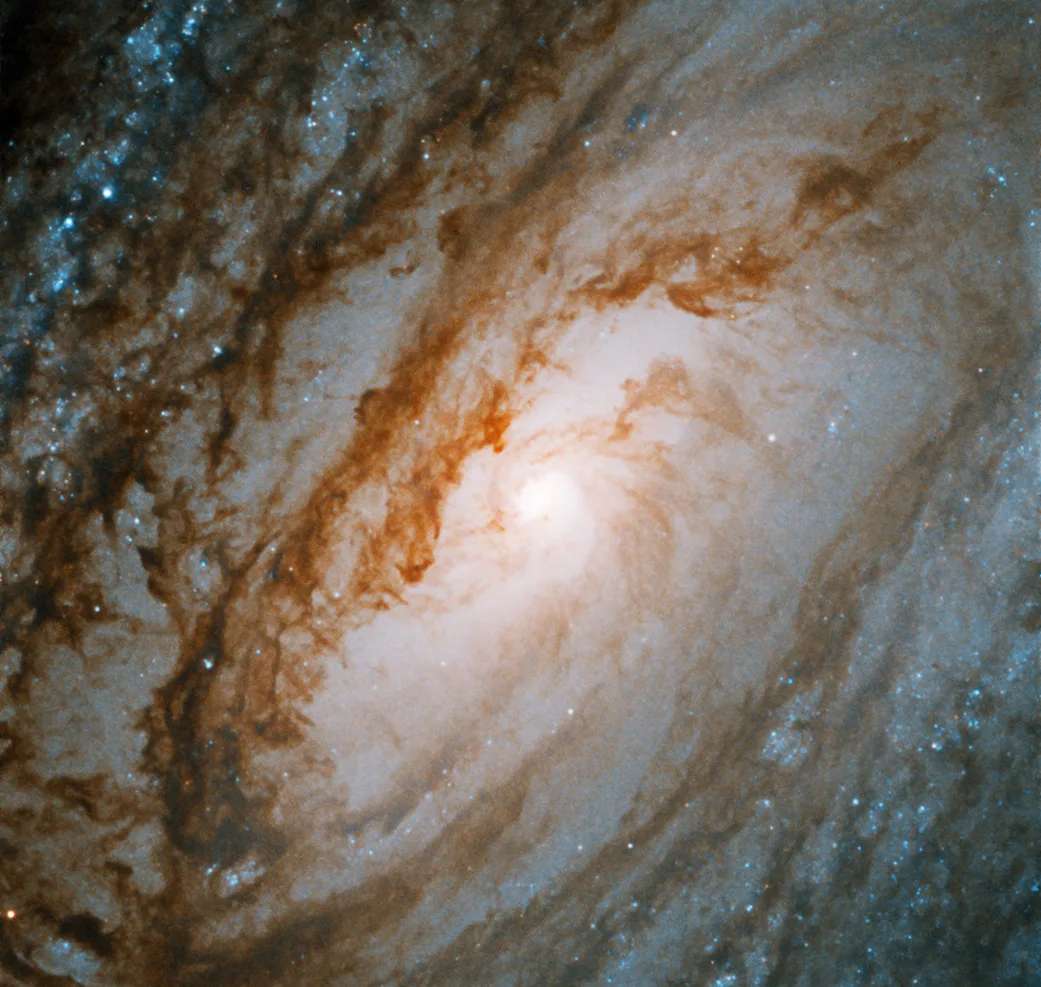M88 | NGC 4501 | Spiral Galaxy | Coma Berenices | 47,000,000 Light Years Away
Messier 88 is a spiral galaxy located in the Virgo Cluster, a large collection of galaxies in the constellation Virgo. Discovered by the French astronomer Charles Messier in 1781, it is positioned approximately 50 million light-years away from Earth. With an estimated diameter of around 100,000 light-years, Messier 88 is characterized by its well-defined spiral arms, showcasing ongoing star formation within its structure.
As a member of the Virgo Cluster, Messier 88 is part of a dynamic environment where galaxies interact due to gravitational forces. The study of galaxies within such clusters provides valuable insights into the processes of galactic evolution, interactions, and the formation of cosmic structures. Observations of Messier 88 contribute to our understanding of the diverse population of galaxies in the Virgo Cluster, offering a glimpse into the complex relationships and influences shaping these cosmic communities.
Messier 88 is often studied alongside other galaxies in the Virgo Cluster, providing astronomers with opportunities to explore the intricate dynamics and environmental factors affecting galactic evolution. The wealth of information gathered from observations of Messier 88 aids scientists in unraveling the complex tapestry of the universe, shedding light on the mechanisms that govern the formation and transformation of galaxies within the rich galactic neighborhoods of clusters like Virgo.

